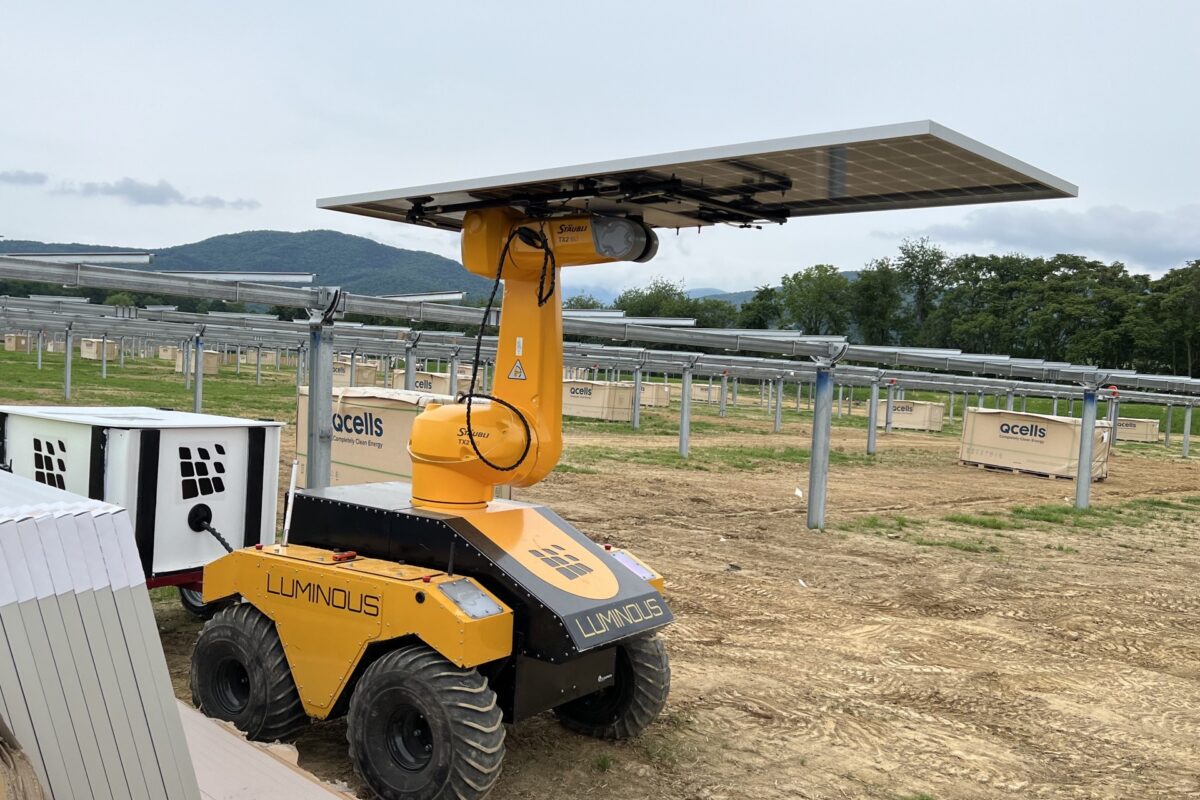Renewable energy experts at Monash University have unveiled an online resource to facilitate the rollout of microgrid technology, declaring the Microgrid Electricity Market Operator (MEMO) toolbox comprises a step-by-step guide on how to develop a microgrid, from planning to operations, and avoid barriers to uptake.
Monash University chief operating officer Peter Marshall said the MEMO toolbox builds on lessons learned during the development of the university’s Clayton campus microgrid which combines 1 MW of rooftop solar PV with a 1 MWh battery energy storage system combining vanadium flow and lithium-ion technology.
“Through our work on microgrids, we know that there are barriers to uptake related to complexity and choice,” he said.
“Using our own operations, lived experience, research and development, and education capability, this toolbox is the first step in showcasing the role microgrids can play in helping to achieve net zero, and addresses barriers to the broader implementation of microgrids.”
The $7.1 million Clayton campus microgrid project, which was launched in 2018, has grown to connect 20 campus buildings and features Australia’s largest commercial behind-the-meter battery storage system – a hybrid system combining a 180 kW/900 kWh vanadium redox flow battery system and a 120 kW/120 kWh lithium-ion battery.
The grid-connected smart embedded network allows the integration of local electricity demand and supply with the broader energy network and is part of the university’s effort to reach net zero emissions by 2030.
Net Zero Initiative program director Scott Ferraro said the project provides useful insights and the MEMO toolbox allows for that knowledge to shared, helping guide precincts, businesses and communities through the process.
“It aims to provide a starting point for businesses and communities to understand the steps required to assess if a microgrid is right for them, how they can develop a business case to secure investment, and how they can work within the current regulatory framework,” he said.
The toolbox launch follows last month’s announcement that the university had been granted almost $2 million as part of the federal government’s Regional and Remote Microgrid Reliability Fund to assess the feasibility of implementing microgrids in six regional Victoria communities.
Monash will identify two communities from each of the Surf Coast, Yarra Ranges and Wodonga areas and will develop a business case for microgrids by demonstrating how they can reduce emissions, improve energy reliability and reduce energy costs.
Each microgrid will aim to virtually connect one business and approximately 20 homes into a microgrid including local renewable generation and energy storage.
“This project …aims to bring the community together to build resilience, increase the use of assets and help reduce energy costs,” Ferraro said.
“Community involvement will be key to the success of these projects, as it will ensure local needs and preferences are factored into the design and commercial models of the proposed microgrid system.”
This content is protected by copyright and may not be reused. If you want to cooperate with us and would like to reuse some of our content, please contact: editors@pv-magazine.com.









By submitting this form you agree to pv magazine using your data for the purposes of publishing your comment.
Your personal data will only be disclosed or otherwise transmitted to third parties for the purposes of spam filtering or if this is necessary for technical maintenance of the website. Any other transfer to third parties will not take place unless this is justified on the basis of applicable data protection regulations or if pv magazine is legally obliged to do so.
You may revoke this consent at any time with effect for the future, in which case your personal data will be deleted immediately. Otherwise, your data will be deleted if pv magazine has processed your request or the purpose of data storage is fulfilled.
Further information on data privacy can be found in our Data Protection Policy.